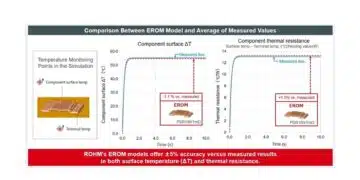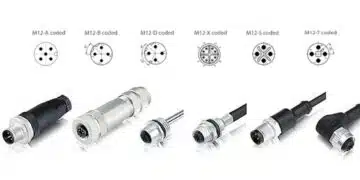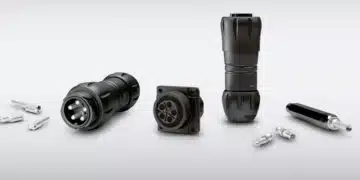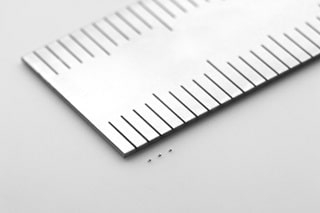source: Murata news
Murata Manufacturing Co., Ltd. has introduced the world’s first temperature compensation type chip monolithic ceramic capacitor in the 008004 size (0.25×0.125mm), with C0G formulation, rated voltage 25Vdc, and 100pF capacitnace. It is primarily intended for use in mobile devices and wireless communication modules. Production starts in February 2017.
A temperature compensation type chip MLCC has little change in capacitance by a change in temperature, so it is used for matching in filters and high frequency circuits. Component size reduction and higher mounting density are needed in wireless communications devices to support multi-band/multi-mode and increased diversity of functions. This product contributes to smaller and higher density circuit design by reducing the size of a 11pF~100pF temperature compensation type chip MLCC from the former smallest 01005 size (0.4×0.2mm) to the 008004 size.
Electrical characteristics
- Temperature characteristic: C0G
- Rated voltage: 25Vdc
- Nominal capacitance: 11pF~100pF
- Tolerance: J (±5%), G (±3%)
- Usage temperature range: -55℃~125℃
External size
- 008004 size
- L: 0.25 ± 0.013mm
- W: 0.125 ± 0.013mm
- T: 0.125 ± 0.013mm
































